Posture, as an indication of spinal health
Posture, as an indication of spinal health, is documented by numerous medical studies.
Posture is a window to the spine and can indicate muscular balance and anatomical symmetry. Can you correct posture by sitting up straight, and standing tall? The answer is no, while these things are part of long term stability and do help, the underlying cause such as muscle imbalance (must be corrected) then together with posture education permanent solutions can be attained.
“Good posture not only protects you against back pain, it also improves your overall health and appearance. Poor posture, on the other hand, promotes back pain and can affect the position and function of your abdominal organs, inhibit breathing and oxygen intake, and cause headaches. It may also affect mood.” From Harvard Health Publications / Harvard Medical School
“Poor posture is the most common source of pain and poor performance in activities,” says Karen Drake, UI Back Care physical therapist at the University of Iowa Hospitals and Clinics. “It may result in changes in muscle length, muscle imbalances, faulty movements, and ultimately, pain. It creates hidden problems that may sneak up on you later creating that pain problem that seems to have popped up out of nowhere.” University of Iowa Health Science Relations “
Loss of the cervical curve stretches the spinal cord 5-7 cm and causes disease” Dr. A. Breig, Neuro-surgeon (Nobel Prize recipient)
Friberg measured 798 patients with chronic low back and/or unilateral hip symptoms and 359 symptom free subjects. ASL of 5mm or more was found in 75.4% of the symptomatic patients and 43.5% of the asymptomatic controls. Friberg O: Clinical symptoms and biomechanics of lumbar spine and hip joint in leg length inequality. Spine, 1983, 6 (6):643-650.
“Forward head posture leads to long term muscle strain, disc herniations, arthritis, and pinched nerves.” Mayo Clinic, Nov 3rd, 2000
A study of 300 post operative knee injury cases, revealed that 79.6% were injured on the anatomical short leg side! Klein KK: Development asymmetries of the weightbearing skeleton and its implications in knee stress and knee injury. Athletic Training. 13:2:78-80, Summer 1978.
“Older men and women with hyperkyphotic posture have higher mortality rates” Journal of the American Geriatrics Society, Volume 52, Issue 10, page 1662, Oct. 2004. doi:10.1111/j.1532-5415.2004.52458.x -
“There was a high degree of correlation between positive sagittal balance and adverse health status scores, for physical health composite score and pain domain.”
- “There was clear evidence of incresed pain and decreased function as the magnitude of positive sagittal balance increased.
- “This study shows that although even mildly positive sagittal balance is somewhat detrimental, severity of symptoms increases in a linear fashion with progressive sagittal imbalance.” The impact of Postiive Sagittal Balance in Adult Spinal Deformity, Spine, Volume 30(18), Sept. 15, 2005 pp. 2024-2029 Glassman, Steven D. MD; Berven, Sigurd MD; Schwab, Frank MD P

